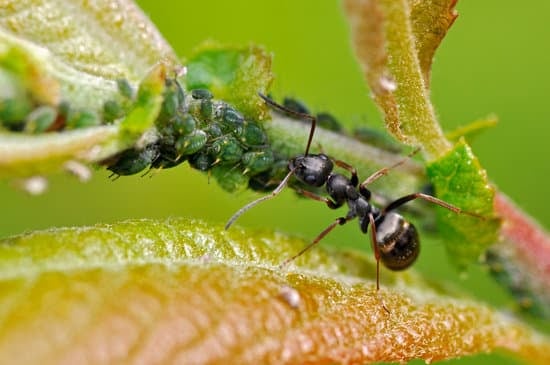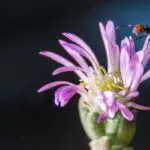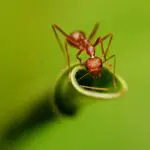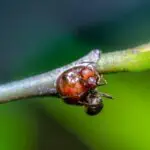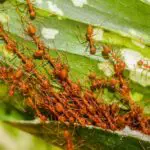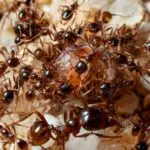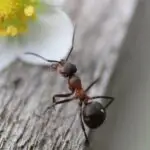How Do Worker Ants Turn Into Queens?
During the course of ant colony life, worker ants are born all the time. They feed, forage, and dispose of waste. They also care for the young. However, in some species, they have a role in reproduction.
In most social insects, there is a caste system, which divides the colony into reproductive and non-reproductive “castes.” Queens are the reproductive leaders. They lay eggs, produce male drones, and produce the next generation of reproductives. They also provide protection and care for the colony.
In addition, queens and workers have different selective pressures. The queen can live a full 20 times longer than workers. She can lay millions of eggs in her lifetime. The queen is also programmed to start new colonies when she is young.
Another important factor in determining the queen’s status is her genetics. Queens are genetically identical to workers, but they have a different set of selective pressures. The queen tries to pass on as many genes as possible to the next generation.
Another factor that may determine whether or not a worker ant will become a queen is the hormones that control her social behavior. Researchers have found that insulin signaling plays a key role in ant assignment.
A protein called Kr-h1 is thought to initiate a cascade of changes that propels an ant toward queendom. Another protein, insulin-peptide 2, plays a major role in the same process.
These findings have fueled questions about the role of genetics in social colonies.
